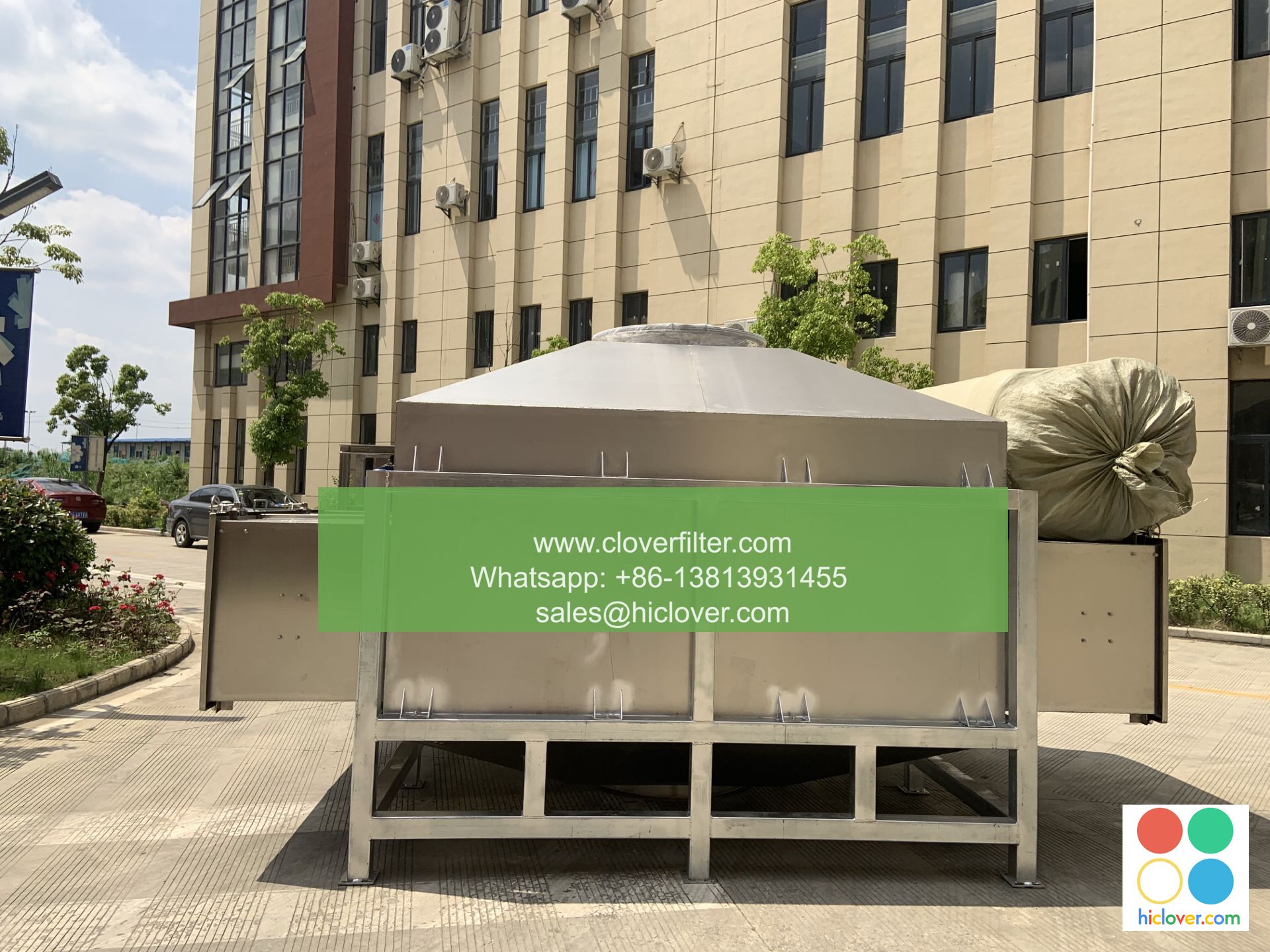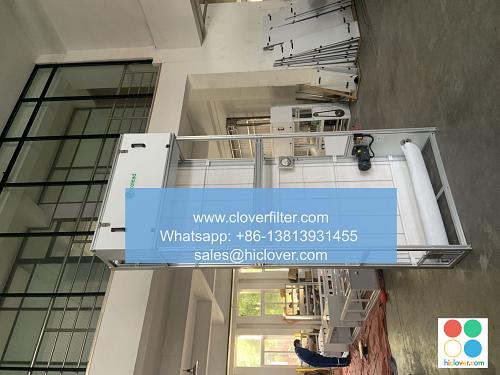Understanding the Importance of Airborne Contaminant Control in Aerospace Cleanrooms

Airborne contaminant control is a critical aspect of maintaining a clean and safe environment in aerospace cleanrooms. These controlled environments are designed to minimize the presence of airborne particles, microbes, and other contaminants that can compromise the quality and reliability of aerospace products. In this article, we will highlight the importance of airborne contaminant control in aerospace cleanrooms, emphasizing the need for strict contamination control measures to ensure the production of high-quality aerospace components.
Introduction to Aerospace Cleanrooms
Aerospace cleanrooms are specialized facilities designed to provide a controlled environment for the manufacture, assembly, and testing of aerospace products. These facilities are equipped with advanced heating, ventilation, and air conditioning (HVAC) systems, as well as air filtration systems that work together to maintain a clean and stable environment. The primary goal of these systems is to minimize the presence of airborne contaminants, such as particles, microbes, and volatile organic compounds (VOCs), which can compromise the quality and reliability of aerospace products.
The Importance of Airborne Contaminant Control
Airborne contaminant control is essential in aerospace cleanrooms because it directly impacts the quality and reliability of aerospace products. Particles, microbes, and VOCs can cause a range of problems, including corrosion, contamination, and degradation of materials. Moreover, these contaminants can also pose health risks to personnel working in the cleanroom. Therefore, it is crucial to implement strict contamination control measures to minimize the presence of airborne contaminants and ensure the production of high-quality aerospace components.
Applications of Airborne Contaminant Control in Aerospace Cleanrooms
Airborne contaminant control has numerous applications in aerospace cleanrooms, including:
* Aerospace manufacturing: Airborne contaminant control is critical in the manufacture of aerospace components, such as aircraft engines, satellites, and spacecraft.
* Aerospace assembly: Airborne contaminant control is essential in the assembly of aerospace products, where particles and microbes can compromise the quality and reliability of the final product.
* Aerospace testing: Airborne contaminant control is necessary in the testing of aerospace products, where contaminants can affect the accuracy and reliability of test results.
* Space exploration: Airborne contaminant control is crucial in space exploration, where contaminants can compromise the quality and reliability of spacecraft and equipment.
Methods of Airborne Contaminant Control
Several methods are used to control airborne contaminants in aerospace cleanrooms, including:
* HEPA filtration: High-efficiency particulate air (HEPA) filters are used to remove particles and microbes from the air.
* UV sterilization: Ultraviolet (UV) light is used to sterilize surfaces and equipment, reducing the presence of microbes and VOCs.
* Positive pressure: Positive pressure is used to prevent the entry of contaminants into the cleanroom.
* Airlocks: Airlocks are used to control the entry and exit of personnel and equipment, minimizing the risk of contamination.
Conclusion
In conclusion, airborne contaminant control is a critical aspect of maintaining a clean and safe environment in aerospace cleanrooms. By emphasizing the need for strict contamination control measures, aerospace manufacturers can ensure the production of high-quality aerospace components. The applications of airborne contaminant control in aerospace cleanrooms are numerous, and the methods used to control airborne contaminants are effective in minimizing the presence of particles, microbes, and VOCs. By understanding the importance of airborne contaminant control, aerospace manufacturers can take the necessary steps to ensure the quality and reliability of their products.

